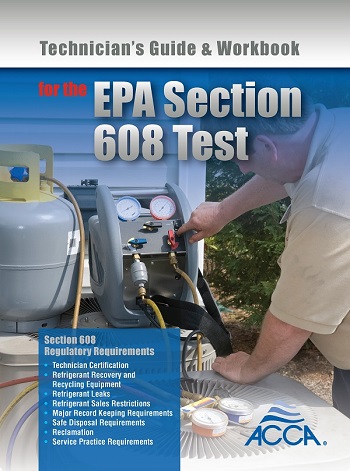Citing a need for more trainers and a faster certification process, inaccurate test kits and a lack of preparedness on the part of the federalEnvironmental Protection Agency, the National Association of Home Builders on April 6 petitioned EPA AdministratorLisa P. Jacksonto delay the Lead: Repair, Renovation and Painting Program Rule.
According to the EPA, a million American children are poisoned by lead paint each year, putting them at risk for a wide range of health impacts, including lowered IQ and behavioral disorders. Some of that poisoning is a result of dust contaminated by old lead paint that is stirred up during remodeling activities.
The LRRP rule, slated to become effective April 22, requires all remodelers and other contractors working in homes built before 1978 to be trained and certified in lead-safe work practices and to use those practices in homes where small children or pregnant women live. EPA is also seeking to amend the regulation so that it would apply to all pre-1978 homes.
“The EPA has been working hard to get the word out far and wide to contractors working in older homes, schools and day care centers that this training is available to help stop lead poisoning in children,” saidSteve Owens, assistant administrator for EPA’s Office of Prevention, Pesticides and Toxic Substances. “All a contractor needs to do to be certified is take a simple one-day course.”
Contractors take an eight-hour training course offered by private training providers to become a certified renovator. The certification is valid for five years.
NAHB Remodelers ChairmanDonna Shireysaid that, while NAHB fully supports the goal of the rule to protect children from the toxic effects of lead paint, many of its remodeler members are having difficulty finding training and getting certified.
“We continue to receive calls that they can’t find training and are waiting to hear back from the EPA on certification,” she said. “It's incredibly frustrating that despite our diligence, remodelers will be penalized after April 22 because of the EPA’s failure to plan.”
The petition detailed four reasons why the EPA should delay the rule under the “good cause” provisions of the Administrative Procedure Act”:
-
1.
Lack of EPA-accredited trainers.
The agency only began to accredit training providers for the required eight
hours of classes last fall and by the end of March there were 190, according to
the EPA. But the NAHB stated that four states have no training providers and
six others have only one or two.
“The lack of a sufficient number of accredited trainers will impede the certification of renovators that are allowed to conduct and/or oversee the critical work practice provisions of the LRRP Rule,” the petition said.
2. Not enough certified firms. In addition to having at least one trained and certified staff member, each company doing work in pre-1978 homes must be certified by the EPA. There were less than 2,000 certified firms nationwide by mid-February, EPA has disclosed.
“EPA currently lacks the resources and infrastructure to inform the regulated community, process applications in a timely manner and enable firms to comply,” the petition said.
3. Not enough certified renovators. The EPA estimates that 235,916 people must be certified as renovators upon the effective date of the rule. As of last week, EPA estimated that 75,000 contractors had attended an approved training course, the NAHB stated.
“Despite the combined efforts of EPA, NAHB and other stakeholders, the number of certified renovators remains well below what is required to achieve an acceptable level of compliance,” the petition said.
According to an April 8 EPA news release, the EPA estimates that 100,000 people in the construction and remodeling industries have been trained in lead-safe work practices. Based on those estimates, the agency expects more than 125,000 contractors to be certified by the April 22 deadline, still below the number of contractors needed.
4. Inaccurate test kits. Commercially available test kits designed to ensure that there is no lead paint in the home are inaccurate between 42 percent and 78 percent of the time, according to the NAHB.
Those inaccuracies mean that most of the 8.4 million annual remodeling jobs subject to the rule “will not result in any protection to children, adults or the environment because lead at levels regulated by the federal government is not present in many of these housing units,” the petition said.
“NAHB looks forward to your leadership in alleviating these difficulties and facilitating compliance by issuing an immediate interim final rule to delay the April 22, 2010, effective date” of the rule, the petition concluded.
To locate local EPA-accredited RRP training providers using the EPA’s search tool, visithttp://cfpub.epa.gov/flpp/searchrrp_training.htm. For information on firm certification, go towww.epa.gov/getleadsafe. For further information on the agency’s lead program, visitwww.epa.gov/lead.






